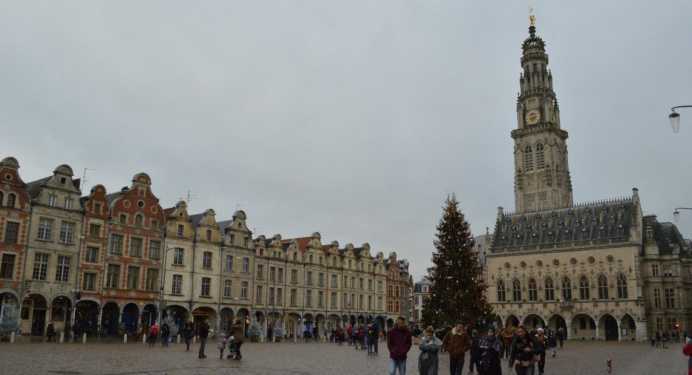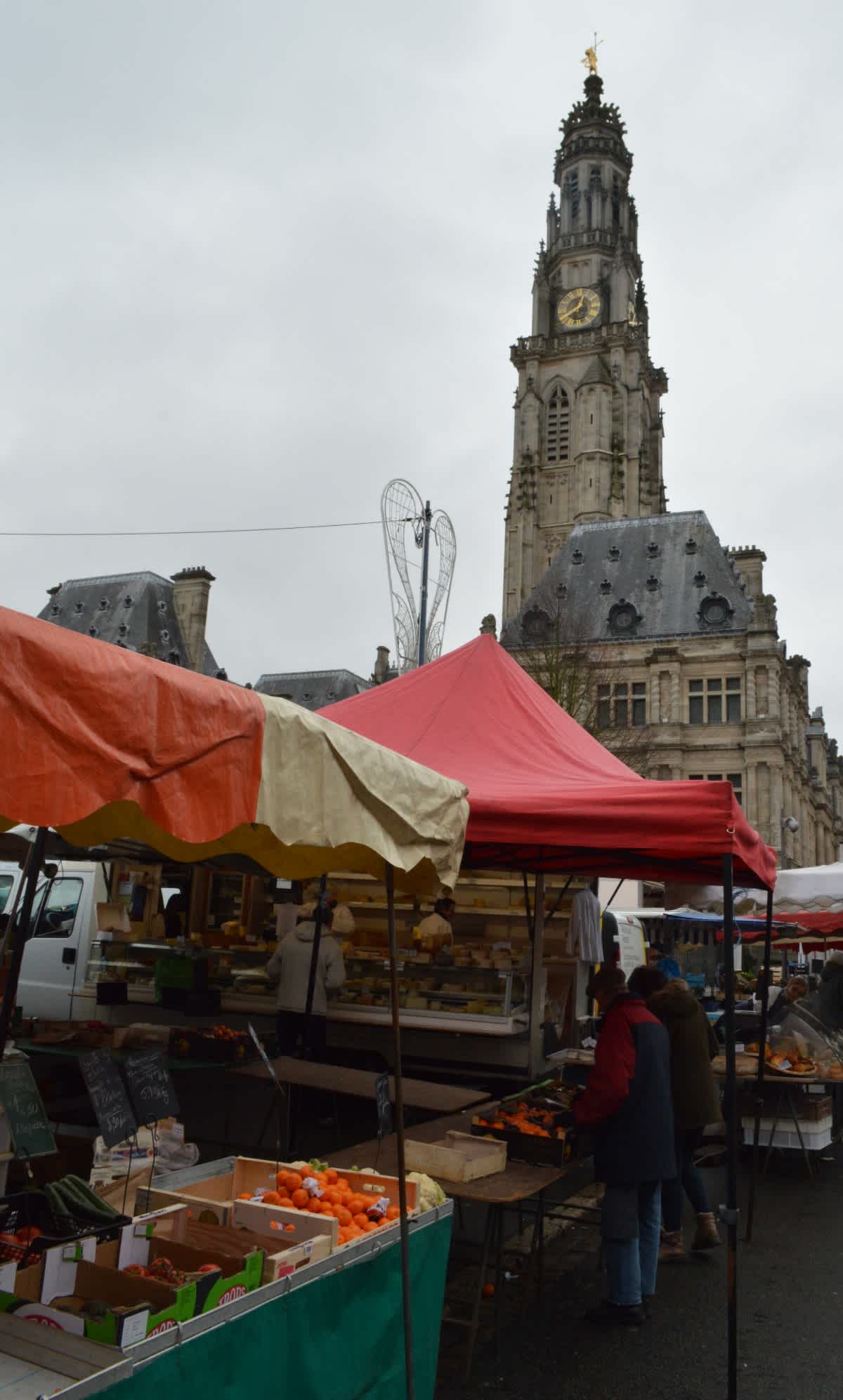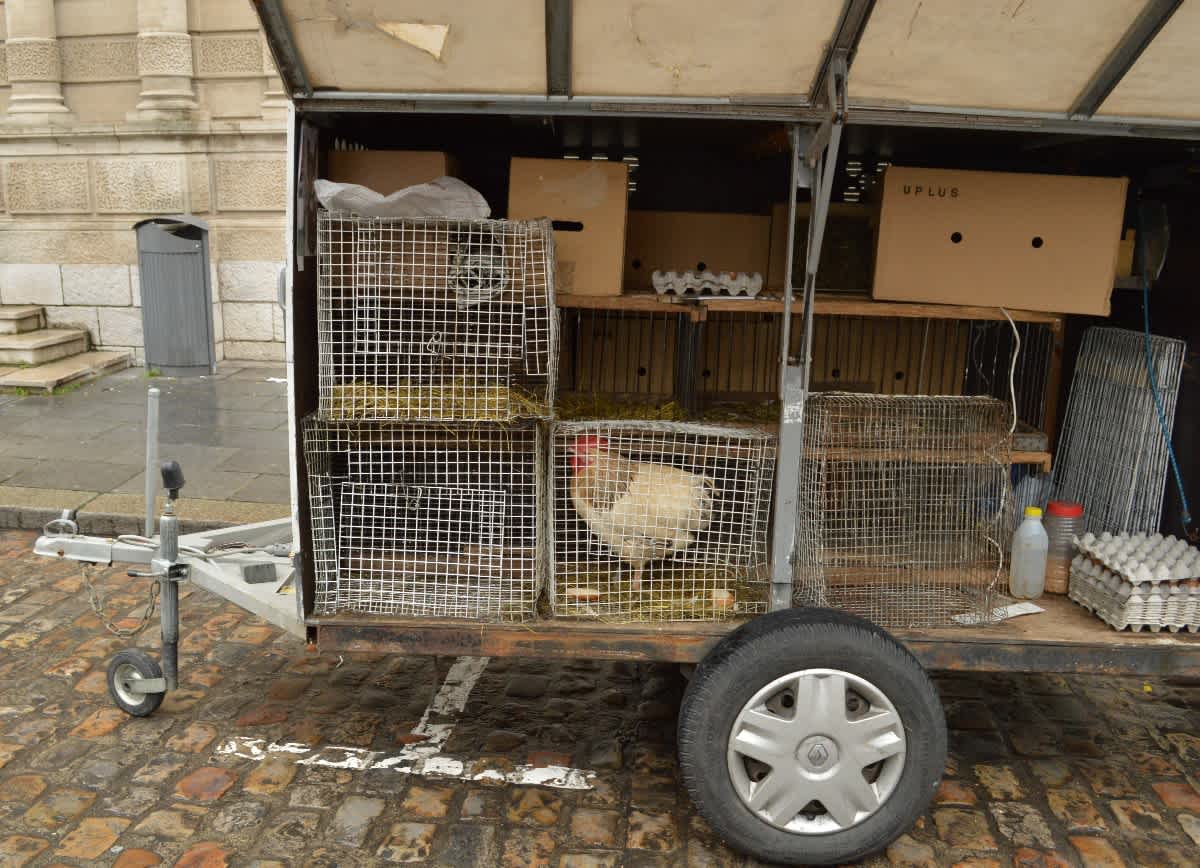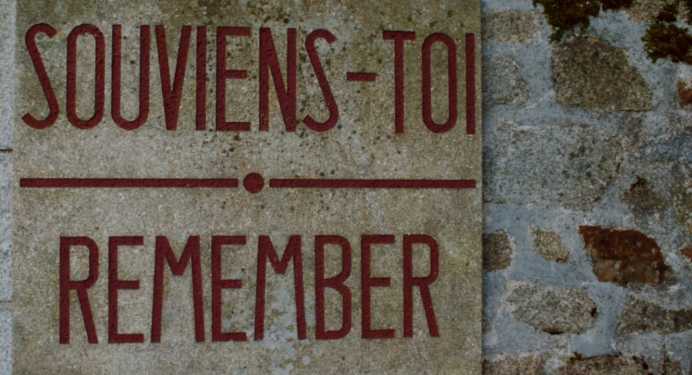
A time for remembrance
Christmas in Arras
The Great War, the centenary of whose conclusion will be widely observed this year, devastated most of Arras, which locals claim was the only town in France to be on the front-line for the wars entire duration. It has since been meticulously restored, and is now a place to remember those who sacrificed both in battles for - and to resurrect - Arras.
Variously described as the “jewel of Flemish architecture” and the “Gothic pearl in a Baroque setting”, the Hotel de Ville of Arras is the town’s standout monument. Its attached belfry provides magnificent, if somewhat nauseating (especially in blustery weather), views over the town and its surroundings.

In its shadow we feast on foie gras done three ways, watching the weekly market, infused with an additional rush of seasonal adrenaline, unfold in front of us. A chicken awaits its culinary fate, whilst traders proffer all manner of traditional fare. It is a scene that is both serene and speckless, despite the last minute rush to fill the Christmas table.
At the nearby Christmas market in another of the town’s vast squares, heightened security (now a regular feature of French if not European life) does little to dampen spirits. Mulled wine and cider are poured with great gusto as children sleigh headfirst down artificial slopes. Last minute presents - some artisanal, others mass assembled - are procured.

The Great War, the centenary of whose conclusion will be widely observed this year, devastated most of Arras (only five percent of buildings are believed to have remained intact). Locals claim it was the only town in France to be on the front-line for its entire duration. It has since been meticulously restored at great expense through reference to old documents, photographs and eye-witnesses, such that remnants of its destruction remain only in the stories handed down from generation-to-generation.
Yet for all its undeniable architectural ingenuity and exquisiteness, it is subterranean Arras that deserves recalling in these years more than most. The ‘Bovies’, limestone quarries first dug in the tenth Century, run beneath its very streets; a labyrinth once used by the wealthy townhouse owners to store their wares.
Here, in April 1917, some 24,000 troops drawn from across Britain and its Empire huddled together in these very tunnels, from where they would launch one of the most famous surprise attacks of the war, the Battle of Arras. Though the gains were small and casualty numbers high, it is widely regarded as a British victory; one that is showcased in the Wellington Quarry (‘La Carrière Wellington’).

From Arras one can easily explore the other sites of remembrance that define this northern corner of France; namely the so-called ‘Western Front.’ The Somme Battlefields, Vimy Ridge, the town of Albert, the Newfoundland and Thiepval memorials are all within easy reach. In this year more than most, Arras and its surroundings deserve the attention that they will inevitably receive. Hence take a moment to recall not only the sacrifice and suffering that has befallen these lands, but the dedication and dexterity to return life and its surroundings to their previous state.
Ian is a writer based in the Balkans. He is the author of 'Dragon's Teeth - Tales from North Kosovo' and 'Luka'. Follow Ian on Twitter @bancroftian.
Currently in: Belgrade, Serbia — @bancroftian

